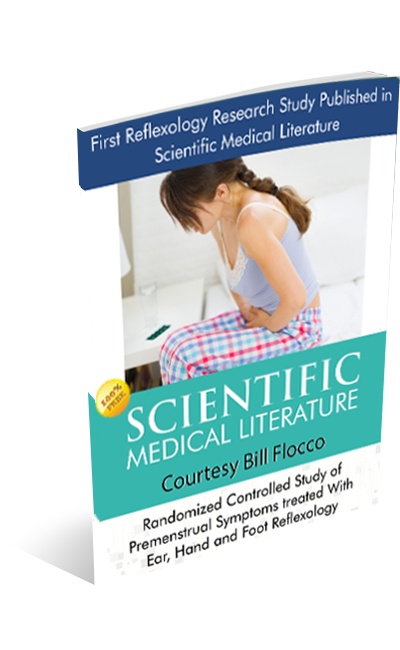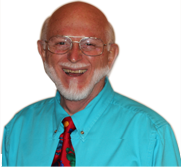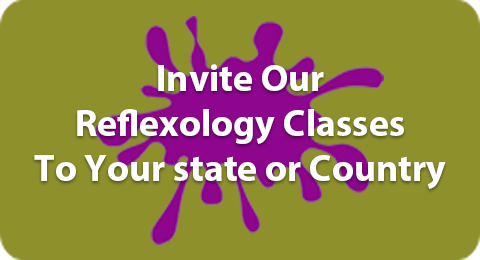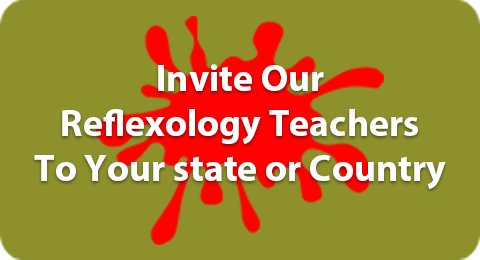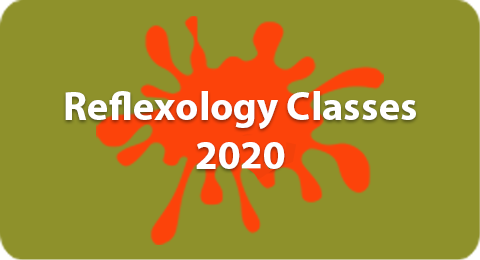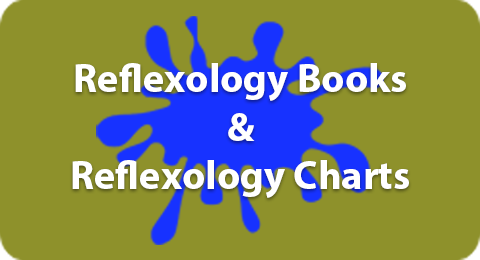Hundreds of books about reflexology have been written, with hundreds of thousands of copies of reflexology books sold all over the world. The subject of reflexology appears in magazines, newspapers, on radio and television, and Hollywood type movies.
There are dozens of reflexology organizations and hundreds of reflexology schools across the globe. Reflexology symposia and conventions are held every year around the world. This all happens because reflexology works.
Until the mid 1980’s all reflexology results were what is called, “anecdotal.” This means that the benefits reported as the result of the application of reflexology basically are stories told by either the person who received the reflexology or the person who was the reflexology practitioner. As in any field, a maturing process eventually occurs where deeper questions are addressed.
These questions often lead to answers that are arrived at through research. During the late 1980’s and the early 1990’s substantial attention began to be focused on designing and conducting research in the field of reflexology. Before conducting research, let us take a look a some reasons for conducting reflexology research studies.
The reasons for conducting research are as many as there are people conducting research. However, generally speaking, there are five categories of reasons to conduct research:
- Change attitudes of the public, health care providers, and health insurance companies.
- Promote acceptance of Reflexology.
- Provide information on clinical effectiveness of Reflexology on specific conditions.
- Improve procedures for the clinical application of Reflexology.
- Insure quality procedural approaches for Reflexologists wishing to conduct research studies.
A short list of some specific reasons to conduct reflexology research.
- Help people lead healthier, happier, more productive vital robust lives.
- Help clients more from the beginning.
- People more likely to use reflexology, consequently likely to be more healthy.
- Show the commitment and maturation of the profession of reflexology.
- To learn, refine our knowledge and our hands-on skills.
- Increase reflexologists’ self confidence, pride, dignity, and self respect.
- Explore if reflexology maps actually exist.
- If there are reflexology maps, are some more accurate or effective than others?
- How does reflexology work? What are the mechanisms in the body that make it work?
- Increase our effectiveness regarding: pressure, techniques, frequency, how long to hold or work on reflexes, duration of session, number of sessions.
- Which combinations of reflex points will be more effective.
- Discover the average degree of predictability of reflexology for specific conditions.
- Helps practitioners have more clients.
- Be able to answer people when they ask, “has any research been done on a given subject?”
- Gain respect of more natural health practitioners and health care providers.
- Open doors to reflexology being used in combination with other health care approaches.
- Open doors for reflexology to be used in corporate settings, the military, in hospice and cancer centers, in pain control stress reduction clinics, in surgical recovery and in other settings.
- Document reflexology as a separate natural health care approach from acupressure and massage therapy.
- Upgrade the image of the profession of reflexology.

